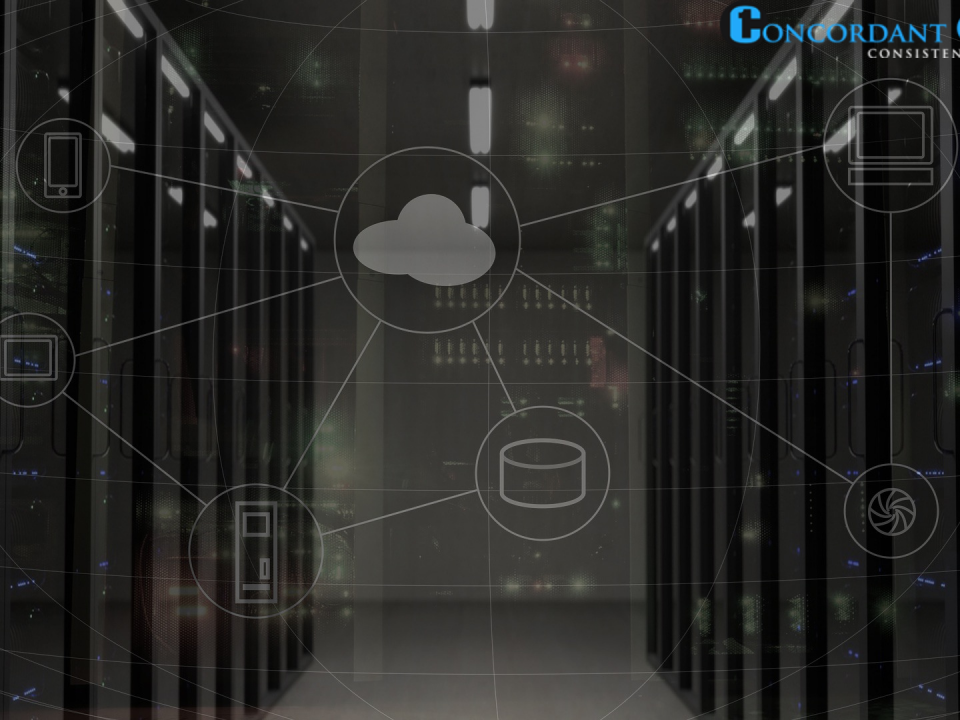Ways to disaster proof your critical business data
Choosing the right firewall for your small business
June 8, 2016Why perform an “IT Infrastructure” Audit?
August 2, 2016
According to International Data Corporation’s Digital Universe Study, in 2012, less than a fifth of the world’s data was protected, despite 35 percent requiring such actions. Levels of data protection are significantly lagging behind the expansion in volume.
while most IT executives and data management experts acknowledge that there isn’t one failsafe solution to protecting and recovering data, they agree that there are certain steps organizations should take.
What are the necessary precautions companies should take to protect critical files and applications in the event of disaster? Here are top suggestions regarding how to disaster-proof data (files and applications).
Cloud services
The best way to ensure that a copy of your critical data remain sheltered from any cataclysmic event that may affect your business, is storing your data backups at an off-site location.
Choosing a mature cloud storage provider that has a good track record for reliability will help ensure that your data is available when you need it. Some cloud services use innovative storage techniques to yield lower storage and operational costs. While there’s nothing inherently wrong with such efforts, it makes more business sense to go with tried-and-tested methods of data backup.
Conduct a data assessment.
Know your high-value data assets — where your customer information and other sensitive data live, which files are heavily used, who is using them and which departments they align with, with usage intelligence and data classification, you can better prioritize what data you need to have on hand after a disaster and who will need to have access to it.
Use the 80/20 rule as not all data is created equally. Also, it’s costly to ensure that every piece of data is always available and quite frankly most of it isn’t critical to business functions. Hence, by applying the 80/20 rule, a company can tear out its critical data and applications to decide which 20 percent is the most crucial to protect.
Work with a trusted partner to disaster proof data & systems.
Use an experienced partner to ensure your [storage and disaster recovery (DR)] solution meets the needs of your business and the capabilities of your IT department. Also, consider integrated appliance solutions to reduce complexity, remotely managed backup services to minimize operational impact and risks and consider both internal DR sites as well as DR providers with both on premise and cloud recovery options.
Sneakernet
Users who have trouble trusting the cloud should consider using storage tape or external hard disk drives (HDDs). Their portability means that they are easy to move to an off-site location where you don’t need to be concerned about prying eyes. A sneakernet system can be ad hoc (such as bringing a tape cartridge home every evening) or more formal (such as arranging to have the backup media couriered to a safe-deposit box every few days).
The sneakernet strategy also works with traditional data backup software. Tape drives tend to be direct-attached storage (DAS) devices, so businesses that operate more than one server may need to install additional software and configure their network correctly to back up data from multiple machines.
Synchronizing your NAS
Bringing data backups home with you every day may work well if you’re a sole proprietor or a very small business. But that arrangement can’t last forever as your organization grows and as the demands of running the business increase.
If your business has multiple office locations, you can deploy two compatible network-attached storage (NAS) devices at each location, and set them to synchronize or back up to each other over the network. In the past, only expensive SAN (Storage Area Networks) offered this capability, but today practically every new NAS model does. Look for NAS devices that support block-level sync, which conserves bandwidth by transmitting only the changed portions of a file.
Create a disaster recovery plan — and test it.
Have a written disaster recovery plan. It sounds obvious, but with the complexity of the old way of doing replication and disaster recovery, it is very easy to forget the most important aspect of disaster recovery, actually writing down a plan. In an ideal world, everything from the replication, management, protection groups, failover and failover testing is managed from one single interface. Specify SLAs for replication, create virtual protection groups, select the VMs to protect and then allow your solution to take care of all the replication in the background.
Make sure sensitive data is properly encrypted.
To effectively disaster-proof data, it is important to incorporate encryption into the data backup equation. A full-scale backup with encryption of the data at rest and in-transit will prevent unauthorized users from gaining access and effectively minimize exposure. It is the answer for security-conscious organizations which must follow regulatory frameworks to maintain security of sensitive data. With encryption, security breaches can be prevented and eliminate a media firestorm that leads to credibility and profit loss.
Disaster-proofing the lifeblood of your business can take a little time and cost a little money, but it’s not nearly as expensive as rebuilding from scratch after a catastrophe. Take steps now to survive the nature’s worst, and you’ll be relaxed no matter what the future brings.



